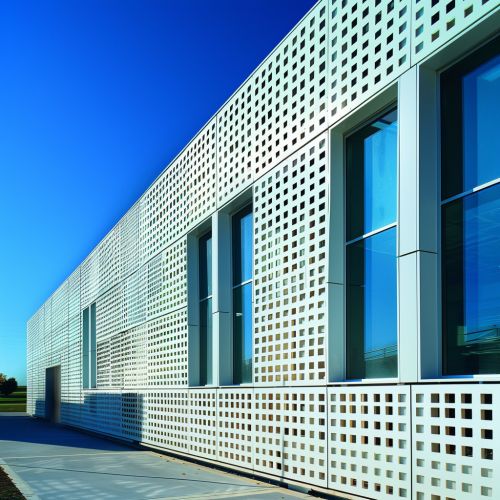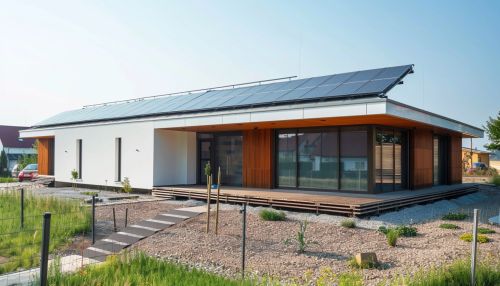Phase Change Material
Introduction
Phase Change Materials (PCMs) are substances that absorb and release thermal energy during the process of melting and freezing. When a PCM melts, it absorbs a large amount of heat from the environment (latent heat) without a significant rise in temperature. Conversely, when it solidifies, it releases this stored heat. This property makes PCMs highly valuable for thermal energy storage and temperature regulation applications.
Types of Phase Change Materials
PCMs can be classified into three main categories: organic, inorganic, and eutectic.
Organic PCMs
Organic PCMs include paraffins and non-paraffins. Paraffins are hydrocarbons with a general formula of CnH2n+2. They are characterized by their high latent heat of fusion, chemical stability, and non-corrosiveness. Non-paraffin organic PCMs include fatty acids, esters, and alcohols. These materials are often chosen for their biodegradability and lower toxicity.
Inorganic PCMs
Inorganic PCMs include salt hydrates and metallics. Salt hydrates are compounds of salt and water that release or absorb heat during hydration or dehydration. They are known for their high latent heat and thermal conductivity. Metallic PCMs, although less common, include materials like gallium and its alloys, which have high thermal conductivity and a wide range of melting points.
Eutectic PCMs
Eutectic PCMs are mixtures of two or more components that melt and solidify at a single temperature, which is lower than the melting points of the individual components. These materials can be organic-organic, inorganic-inorganic, or organic-inorganic combinations. Eutectics are often used when a specific melting point is required for an application.
Mechanism of Phase Change
The phase change process involves the transition between solid and liquid states. During melting, the PCM absorbs heat and transitions from a solid to a liquid state, storing energy in the form of latent heat. During freezing, the PCM releases this stored energy as it transitions back to a solid state. The temperature of the PCM remains relatively constant during these transitions, which is a key characteristic that makes them useful for thermal management.
Applications of Phase Change Materials
PCMs have a wide range of applications across various industries due to their ability to store and release large amounts of thermal energy.
Building and Construction
In the building and construction industry, PCMs are used for thermal regulation in walls, floors, and ceilings. They help in maintaining indoor temperatures by absorbing excess heat during the day and releasing it at night. This reduces the need for heating and cooling systems, leading to energy savings and enhanced comfort.
Electronics Cooling
PCMs are used in electronics to manage heat dissipation. They are incorporated into heat sinks and thermal interface materials to absorb heat generated by electronic components, thereby preventing overheating and improving the reliability and lifespan of the devices.
Thermal Energy Storage
PCMs are integral to thermal energy storage systems, which are used in solar power plants, district heating, and cooling systems. These systems store excess thermal energy during periods of low demand and release it during peak demand, enhancing the efficiency and reliability of energy supply.
Textiles
In the textile industry, PCMs are used in clothing and bedding to provide thermal comfort. They help in regulating body temperature by absorbing, storing, and releasing heat, making them ideal for use in sportswear, outdoor gear, and medical textiles.
Packaging and Transportation
PCMs are used in the packaging and transportation of temperature-sensitive goods, such as pharmaceuticals and perishable foods. They help in maintaining the required temperature range during transit, ensuring the quality and safety of the products.


Advantages and Disadvantages
Advantages
PCMs offer several advantages, including high energy storage density, isothermal behavior during phase change, and the ability to store and release large amounts of thermal energy. They are also versatile and can be integrated into various materials and systems.
Disadvantages
Despite their benefits, PCMs have some limitations. These include relatively high cost, potential for phase separation, and subcooling issues. Additionally, some PCMs may have low thermal conductivity, requiring the use of additives or enhanced designs to improve heat transfer.
Future Trends and Research
Research in the field of PCMs is focused on improving their thermal properties, reducing costs, and developing new materials with tailored melting points and enhanced stability. Innovations include the use of nanomaterials to enhance thermal conductivity and the development of bio-based PCMs for sustainable applications.
